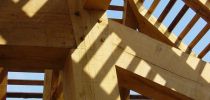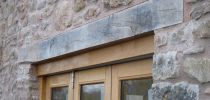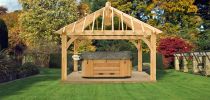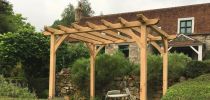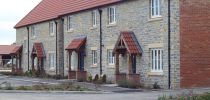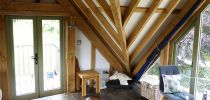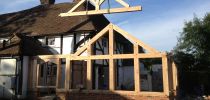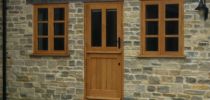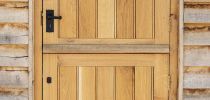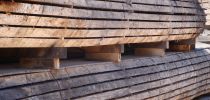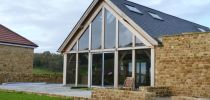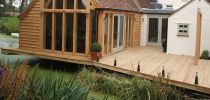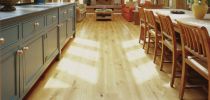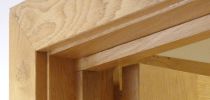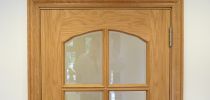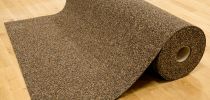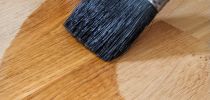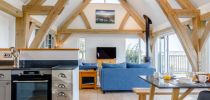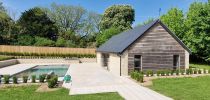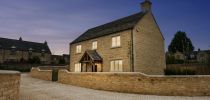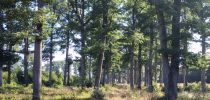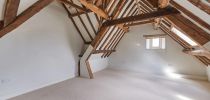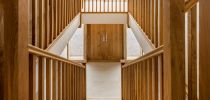

Are you scared of specifying oak?
Expert tips for architects when working with oak
28th August 2024
We sometimes hear from professionals who avoid recommending or using oak due to past issues they’ve encountered. But were these truly problems, or simply misunderstandings? Let's explore this further.
As an architect, you may have experienced several challenges when using oak in past projects – but that doesn’t mean you should avoid using it altogether. We recognise that oak can be difficult to use but, as with any natural product, when its unique properties and characters are accommodated for, its exceptional beauty comes to life.
Here are some of the most common challenges you may have experienced, along with strategies to overcome them.
Lack of knowledge of the oak market
 Most timber or builder’s merchants focus on selling the most common variety of oak, which is kiln dried. They often want to promote what they stock and what they know, and therefore much of the market is unaware that air dried or seasoned oak is available, and may be a better choice for the project. Oak specialists, such as Hewins, will hold a much wider range of products and will always be willing to discuss the application of the oak, spending time to understand the needs and requirements, in order to specify the most suited type of oak.
Most timber or builder’s merchants focus on selling the most common variety of oak, which is kiln dried. They often want to promote what they stock and what they know, and therefore much of the market is unaware that air dried or seasoned oak is available, and may be a better choice for the project. Oak specialists, such as Hewins, will hold a much wider range of products and will always be willing to discuss the application of the oak, spending time to understand the needs and requirements, in order to specify the most suited type of oak.
Movement and Moisture Sensitivity
 Oak, like all wood, will expand and contract with changes in humidity and temperature, leading to potential issues such as warping, cracking, or gaps in joinery. To mitigate these effects, it is crucial to ensure the correct type of oak is specified, for example using air-dried oak in external applications, or kiln-dried oak in internal environments. Design allowances for expansion and contraction, such as using floating panels in joinery, can also help manage movement.
Oak, like all wood, will expand and contract with changes in humidity and temperature, leading to potential issues such as warping, cracking, or gaps in joinery. To mitigate these effects, it is crucial to ensure the correct type of oak is specified, for example using air-dried oak in external applications, or kiln-dried oak in internal environments. Design allowances for expansion and contraction, such as using floating panels in joinery, can also help manage movement.
Cost
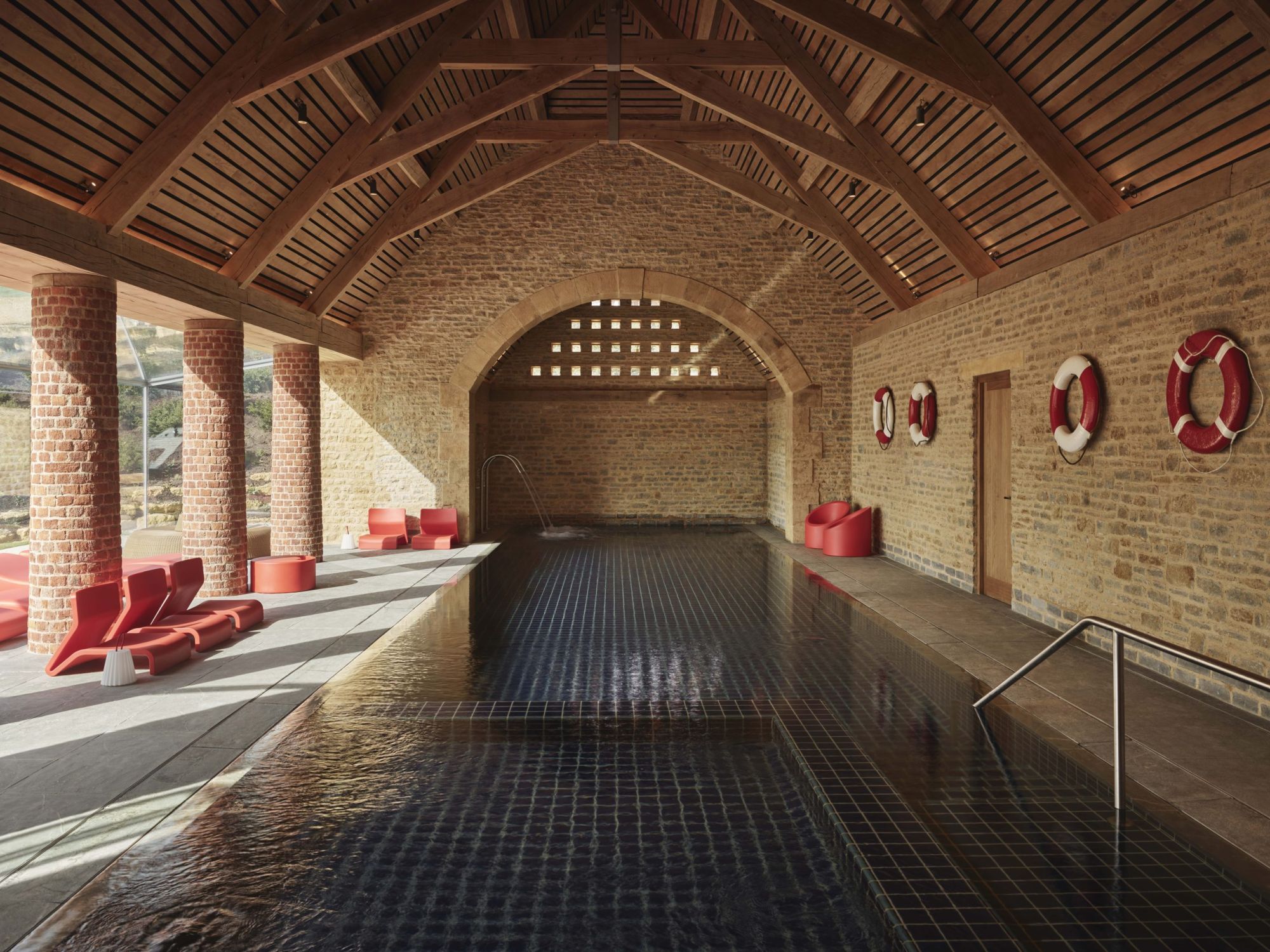 Oak is often perceived as more expensive than other types of timber due to its durability, appearance, and processing requirements, however, careful planning and efficient material use can help manage costs. Think about using oak strategically in areas where its properties are most beneficial, and consider combining it with less expensive materials in less critical areas. While it can more expensive that other materials, consider that it adds value and character to a space, and this added value is carried through into the overall value of the property.
Oak is often perceived as more expensive than other types of timber due to its durability, appearance, and processing requirements, however, careful planning and efficient material use can help manage costs. Think about using oak strategically in areas where its properties are most beneficial, and consider combining it with less expensive materials in less critical areas. While it can more expensive that other materials, consider that it adds value and character to a space, and this added value is carried through into the overall value of the property.
Lack of Qualified Trades/Skills
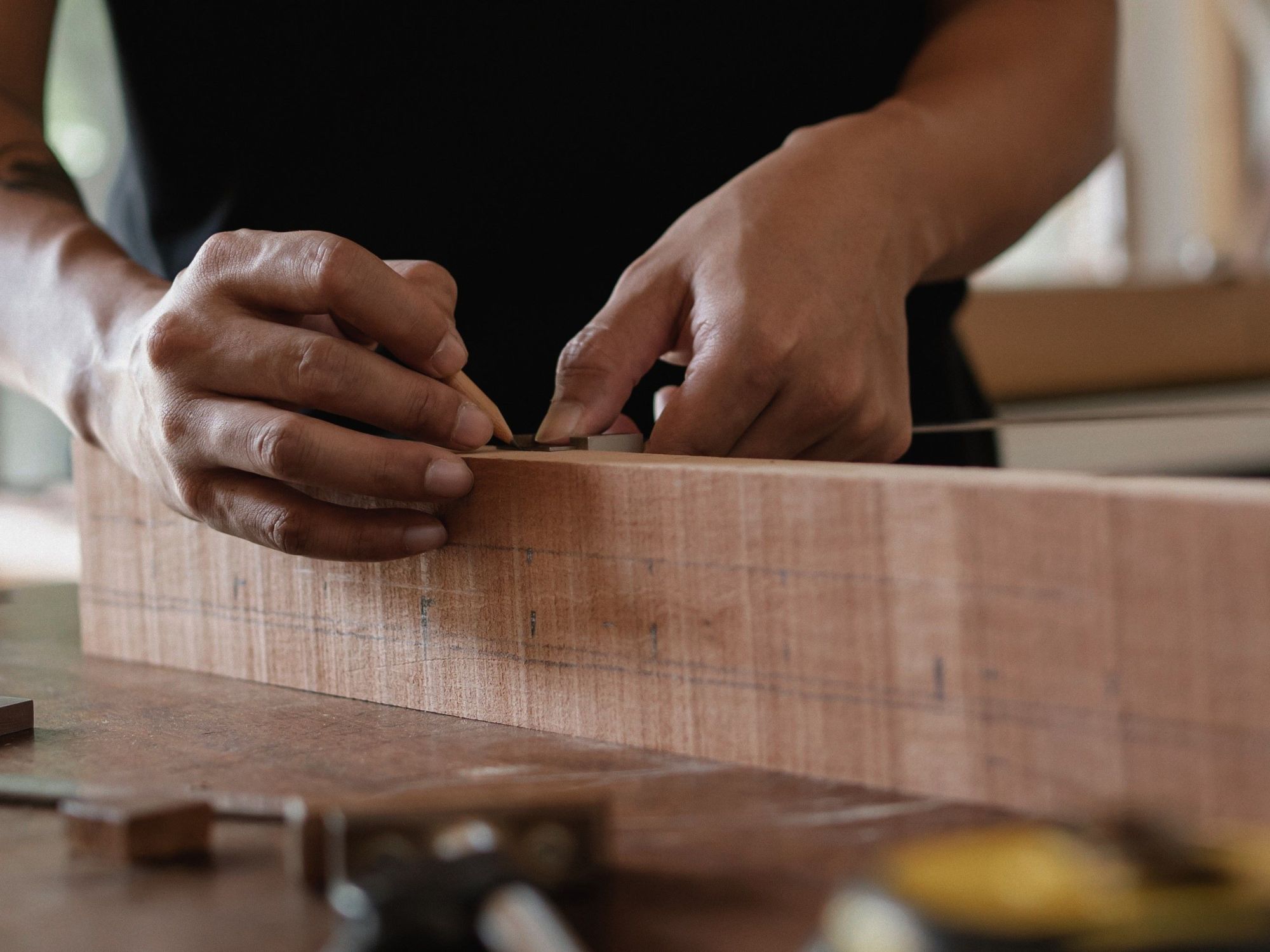 Due to its natural properties and the technical precision required when installing structural beams or high-quality joinery, working with oak requires skilled craftsmen – and – even though it is typically seen a traditional industry, there still remains a whole wealth of expert professionals that are able to assist you with your project. Inexperienced engineers often over spec the structural aspect of oak, creating unnecessary cost and confusion, so ensure that your team includes experienced tradespeople who are familiar with oak, and consider investing in specialised training for your team or partnering with contractors who have a proven track record with oak to help achieve the desired results. Clear communication of design intentions and expectations with tradespeople is also vital to ensure the project meets quality standards.
Due to its natural properties and the technical precision required when installing structural beams or high-quality joinery, working with oak requires skilled craftsmen – and – even though it is typically seen a traditional industry, there still remains a whole wealth of expert professionals that are able to assist you with your project. Inexperienced engineers often over spec the structural aspect of oak, creating unnecessary cost and confusion, so ensure that your team includes experienced tradespeople who are familiar with oak, and consider investing in specialised training for your team or partnering with contractors who have a proven track record with oak to help achieve the desired results. Clear communication of design intentions and expectations with tradespeople is also vital to ensure the project meets quality standards.
Finishing and Maintenance
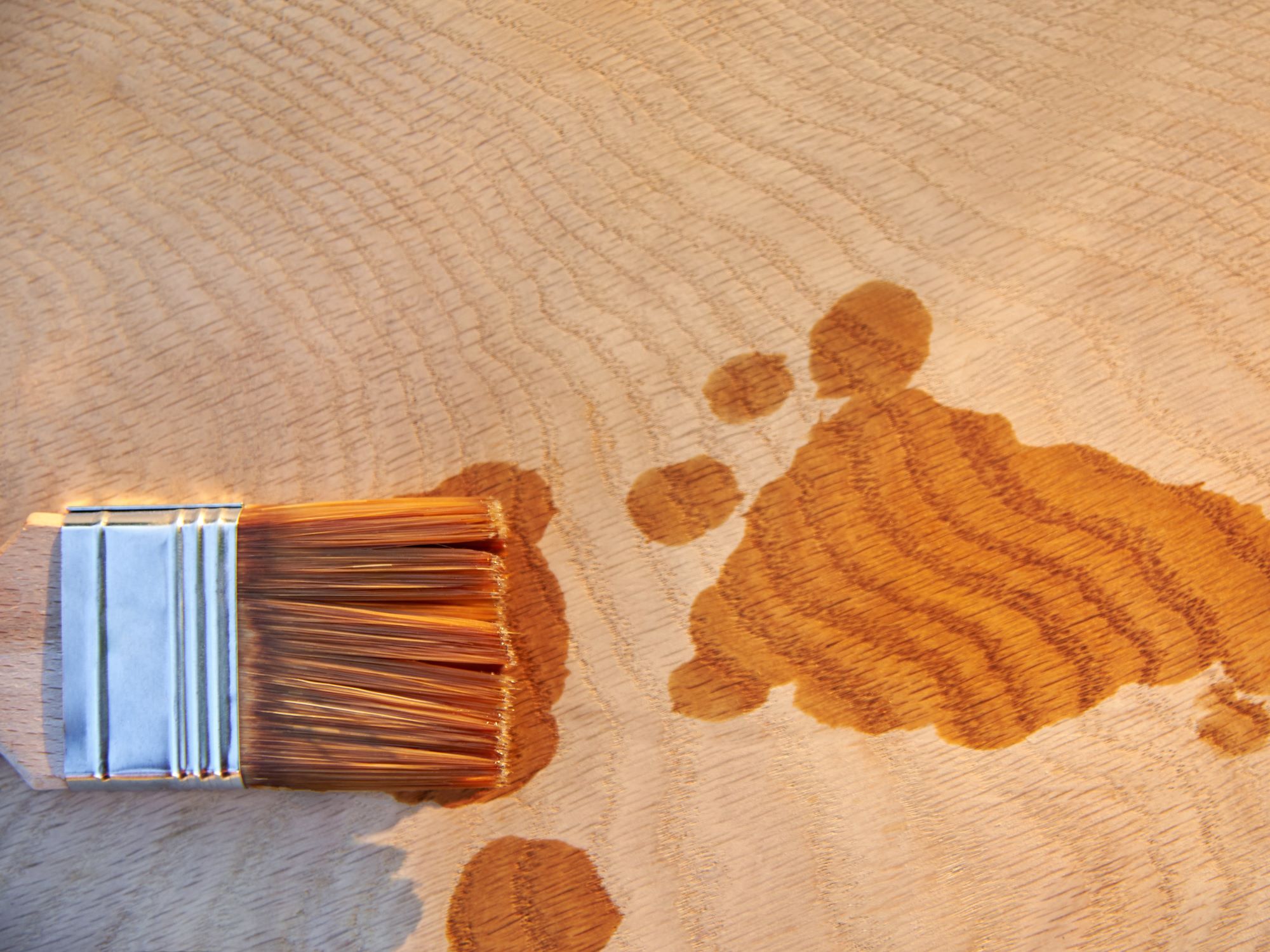 Oak requires correct finishing to enhance its durability and appearance, and regular maintenance to preserve its quality over time – and this can be perceived as a negative to some. It will be necessary to educate clients on the required maintenance routines should they want the oak to remain in good condition, such as the periodic reapplication of finishes and proper cleaning techniques, but selecting finishes that are easy to apply and maintain will help with the management and long-term upkeep of oak, allowing it to weather naturally into the beautiful silvery-grey patina that is impossible to create with any man-made material.
Oak requires correct finishing to enhance its durability and appearance, and regular maintenance to preserve its quality over time – and this can be perceived as a negative to some. It will be necessary to educate clients on the required maintenance routines should they want the oak to remain in good condition, such as the periodic reapplication of finishes and proper cleaning techniques, but selecting finishes that are easy to apply and maintain will help with the management and long-term upkeep of oak, allowing it to weather naturally into the beautiful silvery-grey patina that is impossible to create with any man-made material.
Environmental Impact and Sustainability

With increased focus on sustainability, there are concerns about deforestation and the environmental impact of oak felling practices. We can confidently say that Oak is a totally sustainable resource. Forestry management schemes such as FSC® and PEFC (of which Hewins has held certification for since 2006) are well established throughout Europe and beyond, ensuring that European Oak remains an entirely renewable resource.
By anticipating these challenges and implementing strategic solutions, architects can successfully incorporate oak into their projects, taking full advantage of its beauty, strength, and durability!

